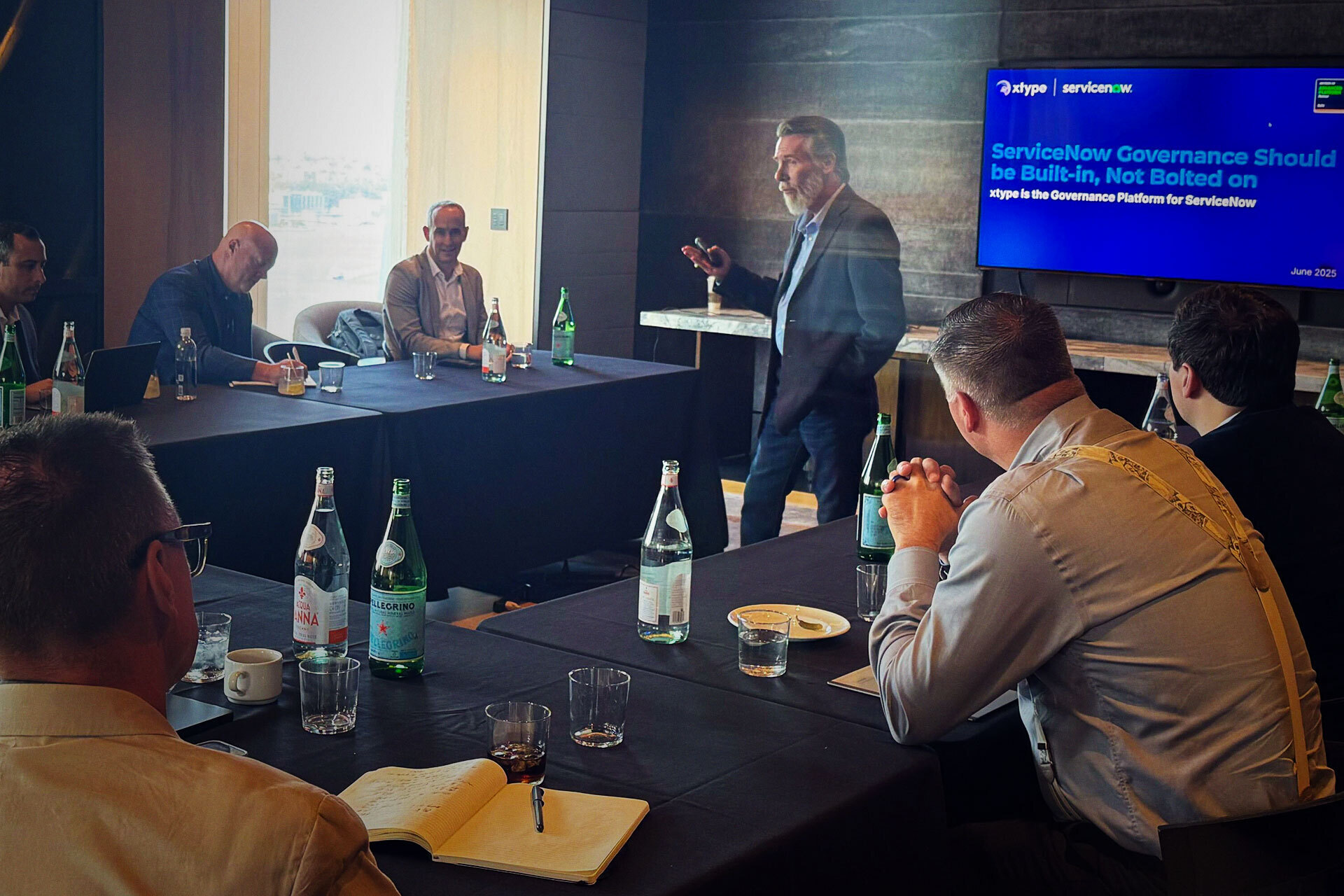Zurich and the End of an Era: ServiceNow's A–Z Journey, Its Hyper-Growth, and the AI Road Ahead

With the Zurich release, ServiceNow closes a 13-year chapter of alphabetized city-named platform editions that began with Aspen in 2011. The sequence—Aspen, Berlin, Calgary, and onward—became a shared calendar for admins, developers, and platform owners planning upgrades and innovation cycles. Zurich marks the "Z," a fitting milestone that underscores just how far the Now Platform has evolved and how fast the company has scaled.
A Decade-Plus of Compounding Innovation
ServiceNow's twice-yearly cadence accomplished more than shipping features. It normalized the expectation that workflow automation, service management, and now AI would advance on a predictable timetable. That predictability mattered because it enabled global enterprises to coordinate testing windows, governance gates, and go-lives with significantly less drama. Along the way, the platform expanded from ITSM to HR, Customer Service, Creator workflows, and industry solutions—each release layering in capabilities that tightened integration and raised the bar on time-to-value. The Zurich family continues this trajectory with new products, enhancements, and fixes that reinforce governance, developer velocity, and embedded intelligence.
Zurich is widely recognized as the end of the A–Z sequence, a bookend for an era that shaped how customers digitized their businesses. Beginning in 2026, we enter the next 13-year cycle with the releases in Australia and Brazil, which operationalize the power of AI. Thirteen years ago, Digital Transformation was the term du jour and the imperative driving businesses, and we ended that era on the cusp of the AI transformation. What threshold will ServiceNow help us cross in thirteen years from now?
Growth at Enterprise Speed
The release journey mirrors the company's financial arc. ServiceNow has achieved compounded growth, reaching billions in annual subscription revenue guidance, underscored by steady year-over-year gains of around 20% through 2025. In Q2 2025 alone, subscription revenue reached $3.11B, up 22.5% year over year, reflecting broad-based adoption across IT, employee, and customer workflows. Bill McDermott has framed the company's pace as historically fast for enterprise software—the fastest enterprise-grade software firm to hit the [2BN quarterly revenue] target—a claim that captures the spirit of execution even as analysts debate exact league tables. The numbers and consistency speak for themselves.
By 2024, ServiceNow crossed $10.6B in annual revenue, adding roughly $2B in new organic subscription revenue in a single year. That durable growth positioned the company on the Fortune 500 and provided the balance sheet to invest aggressively where the market is moving: GenAI, agentic AI, and model-agnostic orchestration across the enterprise.
Zurich as a Pivot to the AI Platform Era
If Yokohama was a bold statement on "AI, any model," Zurich is the operationalization of that vision. We should expect deeper Now Assist capabilities, governance controls, and developer-facing primitives that route prompts and tasks through the Generative AI Controller, applying policy and privacy guardrails by default. For leaders, the opportunity is moving from pilot use cases to scaled, governed AI that shortens cycle times and turns knowledge into action across IT, HR, and CX.
This isn't theory. Customer case studies already demonstrate significant reductions in summarization and complex case review times, and Zurich events are showcasing "agentic AI" patterns—composable agents that plan, act, and learn within workflow constraints. The direction of travel is clear: autonomous assistance where it's safe, with humans firmly in the loop where it's not.
The Takeaway for Platform Leaders
Zurich represents both an ending and a beginning. It closes a well-loved naming era and opens the AI platform era in earnest. For enterprises, the mandate is straightforward:
`Industrialize AI. Treat Now Assist and the Generative AI Controller as platform services, not experiments. Establish prompts, policies, and KPIs that map to outcomes.
Align to value. The growth numbers aren't vanity metrics. They reflect customers who leverage platform capabilities to achieve measurable productivity and experience gains. Zurich's features target exactly that.
Thirteen years after Aspen, Zurich provides the community a moment to look back with justified pride—and then look ahead. The labels may change, but the pattern remains: consistent delivery, governed upgrades, and now, AI that works where your work lives. The next chapter starts Now.
.svg)





